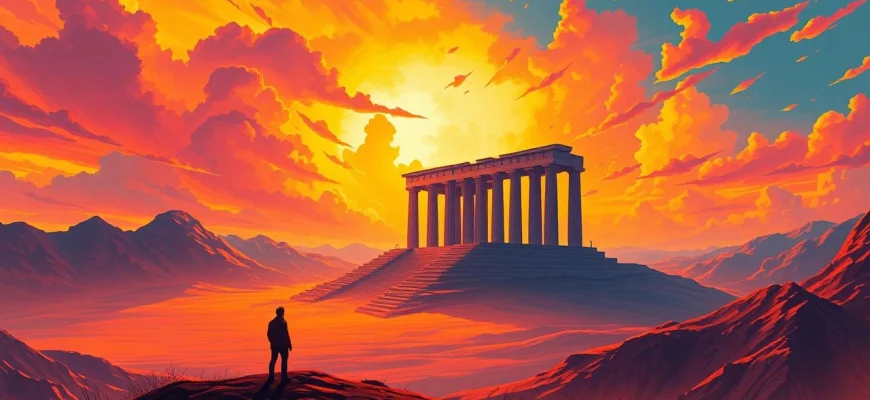If you were captivated by the audacious ambition and breathtaking visuals of 'Fitzcarraldo' (1982), you're not alone. Werner Herzog's masterpiece, with its tale of obsession and the relentless pursuit of dreams against all odds, has left an indelible mark on cinema. This article explores 10 movies and shows that share the same spirit of adventure, grand vision, and human perseverance. Whether you're a fan of Herzog's work or simply love epic stories of determination, this list will guide you to your next cinematic obsession.
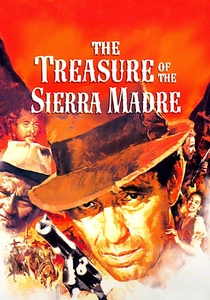
The Treasure of the Sierra Madre (1948)
Description: This classic shares Fitzcarraldo's themes of obsession and the corrupting influence of ambition. Both films feature protagonists whose dreams lead them into danger and madness. The depiction of harsh environments and the psychological toll they take is similarly powerful.
Fact: Bogart's favorite of his own films. John Huston won Oscars for both writing and directing. The famous 'stinking badges' line is often misquoted.
 Watch Now
Watch Now 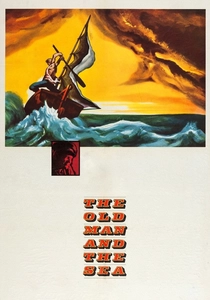
The Old Man and the Sea (1958)
Description: Like Fitzcarraldo, this is a story of one man's obsessive struggle against nature. Both protagonists are dreamers who refuse to give up despite impossible odds. The visual style similarly emphasizes the power and beauty of the natural world.
Fact: Spencer Tracy's only Oscar-nominated performance. Hemingway disliked the film. The marlin was made of rubber and kept breaking.
 Watch Now
Watch Now 
Aguirre, the Wrath of God (1972)
Description: Like Fitzcarraldo, this film is directed by Werner Herzog and features a protagonist obsessed with an impossible quest in the Amazon jungle. Both films explore themes of madness, ambition, and the clash between civilization and nature. The visual aesthetics are similarly immersive, with breathtaking landscapes and a sense of impending doom.
Fact: Klaus Kinski's performance as Aguirre is legendary, and his on-set behavior was reportedly as erratic as his character. The film was shot on location in the Peruvian rainforest, with minimal crew and equipment. The opening scene, with conquistadors descending a misty mountain, is one of the most iconic in cinema history.
 Watch Now
Watch Now 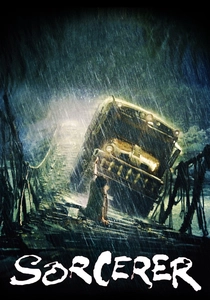
Sorcerer (1977)
Description: Like Fitzcarraldo, this is a film about a dangerous journey through hostile terrain, featuring desperate men pushing themselves to the limit. Both films feature incredible set pieces involving vehicles in impossible situations (a ship over a mountain in Fitzcarraldo, trucks crossing a rickety bridge in Sorcerer). The tension is similarly relentless.
Fact: A remake of The Wages of Fear. The bridge sequence took months to film. Was a box office flop but is now considered a classic.
 Watch Now
Watch Now 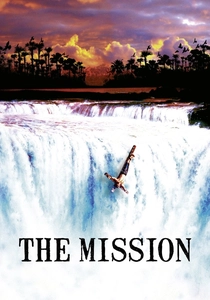
The Mission (1986)
Description: This film shares Fitzcarraldo's setting in South America and its themes of colonialism, cultural clash, and the struggle to achieve a seemingly impossible dream. Both films feature stunning cinematography that captures the beauty and danger of the jungle. The emotional tone is similarly epic and tragic.
Fact: The film won the Palme d'Or at Cannes. Robert De Niro learned to play the oboe for his role. The famous waterfall scene was shot at Iguazu Falls.
 Watch Now
Watch Now 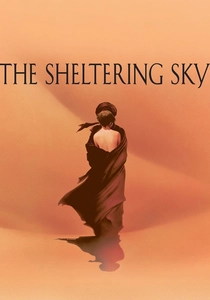
The Sheltering Sky (1990)
Description: Like Fitzcarraldo, this film follows Westerners in an alien landscape, exploring themes of cultural dislocation and existential crisis. Both protagonists are driven by obsessions that lead them into danger. The cinematography similarly emphasizes the vastness and indifference of nature.
Fact: Based on Paul Bowles' novel. Bowles appears as the narrator. Debra Winger and John Malkovich clashed during filming.
 Watch Now
Watch Now 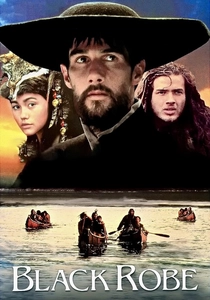
Black Robe (1991)
Description: This film shares Fitzcarraldo's themes of cultural collision and the challenges of bringing Western ideas to indigenous peoples. Both films feature arduous journeys through wilderness, with the landscape as both adversary and spiritual force. The depiction of native cultures is similarly nuanced.
Fact: Based on Brian Moore's novel. The Cree language dialogue was unscripted. Shot in the Canadian wilderness under difficult conditions.
 Watch Now
Watch Now 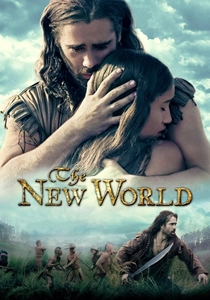
The New World (2005)
Description: Terrence Malick's film shares Fitzcarraldo's themes of cultural encounter and the destruction of indigenous ways of life. Both films use nature as a central character and feature breathtaking cinematography that emphasizes the beauty of unspoiled landscapes. The pacing is similarly meditative.
Fact: Colin Farrell lived in the wilderness to prepare for his role. Three different cuts of the film exist. Features a rare film score by James Horner that doesn't use violins.
 Watch Now
Watch Now 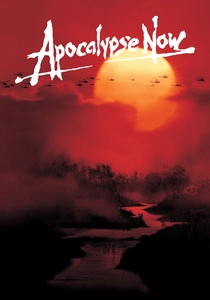
Apocalypse Now (1979)
Description: Like Fitzcarraldo, this is a film about a perilous journey into the unknown, driven by obsession. Both films explore the thin line between genius and madness, and feature protagonists who are outsiders in hostile environments. The production of both films was famously difficult, with stories of on-set chaos becoming legendary.
Fact: Martin Sheen had a heart attack during filming. Marlon Brando showed up overweight and unprepared. The shoot lasted over a year due to typhoons and other disasters.
 Watch Now
Watch Now 
Embrace of the Serpent (2015)
Description: This black-and-white film shares Fitzcarraldo's Amazonian setting and its themes of cultural collision and the destructive impact of Western civilization. Both films feature journeys into the heart of the jungle, with the landscape itself becoming a character. The visual style is similarly immersive and poetic.
Fact: The first Colombian film nominated for an Oscar. Inspired by the diaries of two real explorers. Shot on location in the Amazon over 8 weeks.
 Watch Now
Watch Now 
